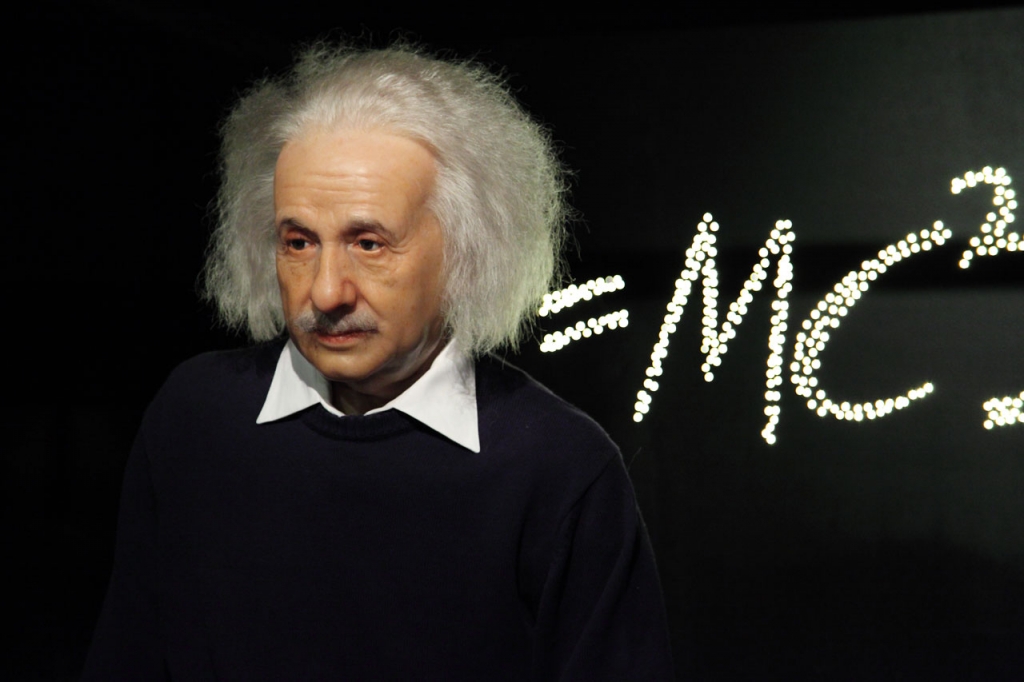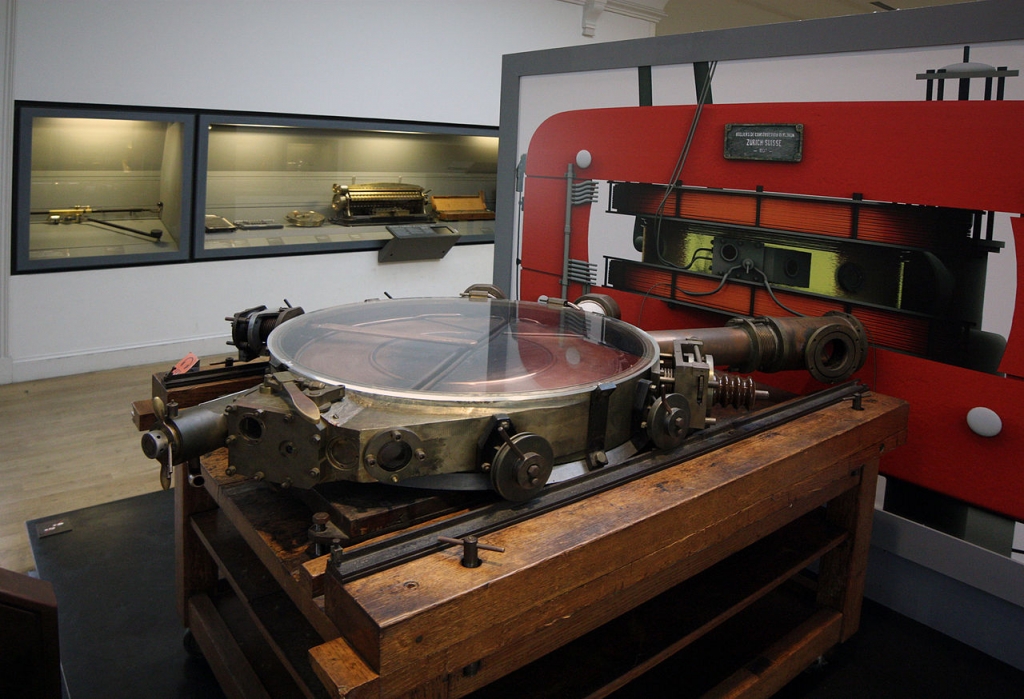Niels Bohr Facts & Biography
Early Life
Niels Henrik David Bohr was born in Copenhagen, Denmark, in 1885.
He was the middle child of a University of Copenhagen physiology professor, but he knew that he wanted to be a physicist (scientist who studies physics) early on in his life.
He worked very hard in school as a child so that he could go to the same university as his father. He knew that he would have to do very well to understand physics if he wanted to do his own research.
He followed in his father’s footsteps and became a University of Copenhagen student at age 18, and earned a PhD in physics 8 years later.
His research focus during this time was the electron theory, which states that all matter is comprised of molecules, which in turn consist of protons, neutrons and electrons.
Related: Molecule Quiz
Scientific Discovery: The Atomic Model
After earning his doctoral degree, Bohr continued his research at the University of Manchester, studying under Ernest Rutherford.
There, he focused on quantum physics, a new type of small particle physics at the time.
They showed that tiny particles called electrons were negative and orbited around the center of the atom.
Bohr contributed to this research by writing journal articles for The Philosophical magazine and explaining that electrons specifically orbit in preset patterns.
Additionally, he described how the orbiting electrons might release energy when they drop down to a lower orbit, and called this energy electromagnetic radiation.
This later became known as the Bohr Atomic Model.
After becoming a professor of physics at Copenhagen, he established the Institute for Theoretical Physics, which opened in 1921.
For the next phase of his research, Bohr wanted to study the electron theory as it related to the periodic table of elements.
Using his atomic model, Bohr added electrons to the periodic table. This work helped show that his model was accurate, and it was used in the process of discovering a new element, called Hafnium.
The effectiveness of the Bohr Atomic Model earned Niels Bohr the 1922 Nobel Prize.

Scientific Discovery: Quantum Mechanics
Shortly after, scientists were able to bring Bohr’s research on electron theory and the new atomic model to their research in a new field of physics called quantum mechanics.
Werner Heisenberg became Bohr’s assistant at the University of Copenhagen.
Heisenberg and Bohr studied the Complementarity Principle, which is the idea that atoms must be studied both as small particles and as waves of energy.
However, Albert Einstein did not agree with this idea, and they debated their views at conferences in the late 1920s.
Scientific Discovery: Nuclear Physics
After the atomic model was applied to the upcoming research in quantum mechanics, many scientists in the field of physics shifted their research to the nucleus of the atom.
Bohr started working with a cyclotron, which accelerates atomic particles so they can be studied.
In 1938, German scientists discovered that neutrons could be used to split uranium atoms in half. Other scientists reasoned that this could be due to Bohr’s compound nucleus theory.
The next year, Bohr began working in the United States on a related project—nuclear fission.
The Atomic Bomb
Despite the onset of World War II, Bohr was convinced that this project would not result in the development of an atomic bomb anytime in the near future.
Thus, he focused his efforts during the war on helping refugees by finding jobs outside of Germany for his Jewish colleagues.
Then, several important things happened in 1943. First, James Chadwick, Bohr’s colleague, reached out to Bohr with an offer to work on a secret project in England.
Then, the Danish government fell under full German occupation.
Bohr evacuated to Sweden, and then finally accepted the offered position with Chadwick to work on the development of an atomic bomb, if only to ensure that the Allied powers succeed before Germany did.
Through his work with Chadwick and the famous Robert Oppenheimer, the Allied powers did develop and utilize the atomic bomb, assisting in the end of the war.
Bohr returned to Denmark immediately after, to great praise.
Later Years
Bohr spent the rest of his life meeting with politicians in attempt to promote peace in the wake of the atomic bomb development, establishing foundations that would carry on the legacy of scientific research and exploration.
These foundations include the European Organization for Nuclear Research, known as CERN, and the Nordic Institute for Theoretical Physics.
Niels Bohr passed away in 1962 with a large legacy of scientific discovery that is still in operation today.










